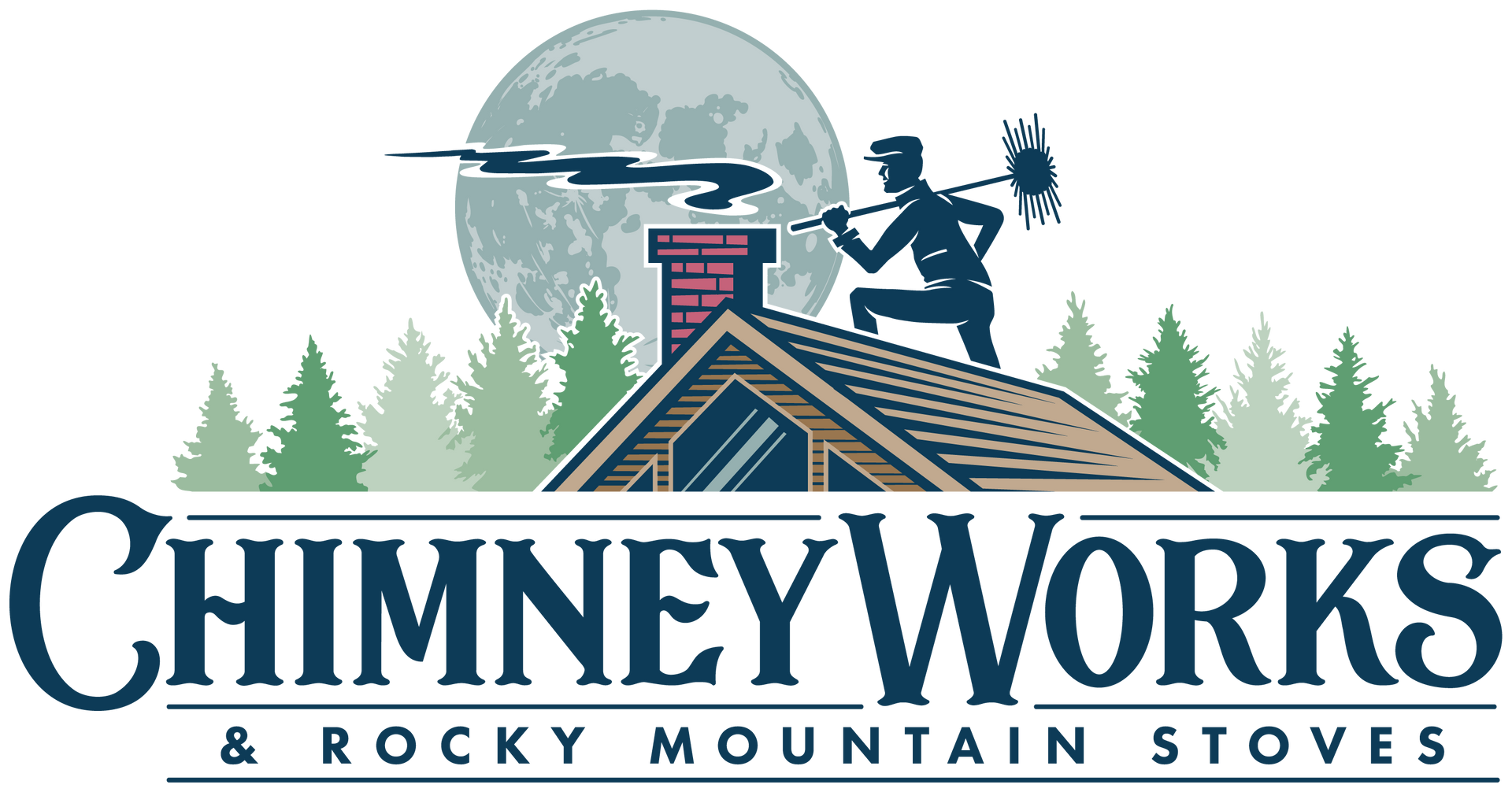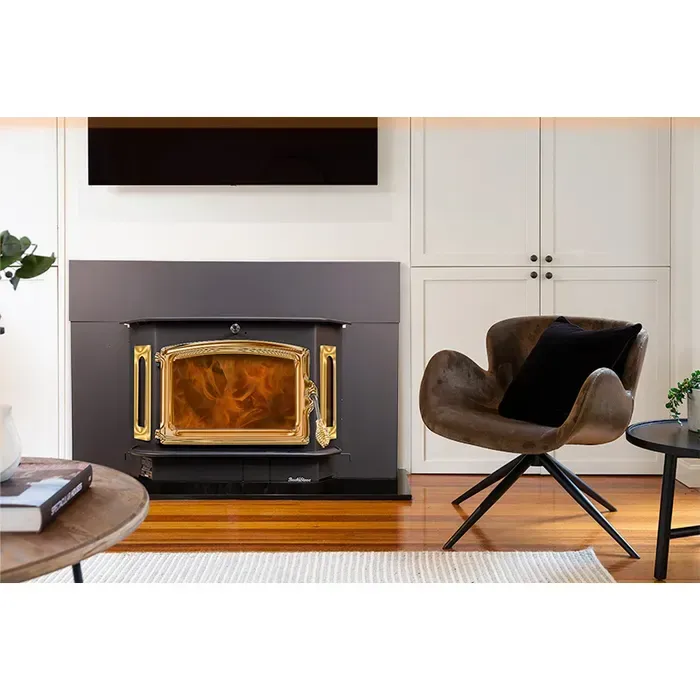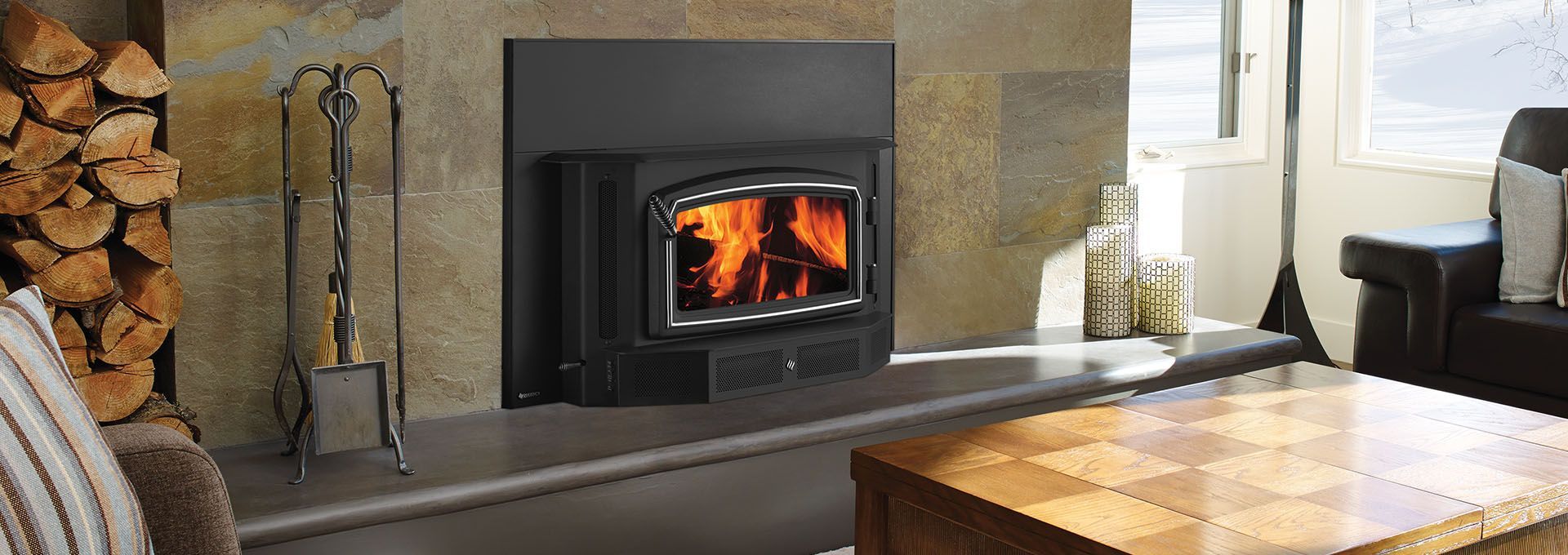Bricks And The Freeze Thaw Cycle
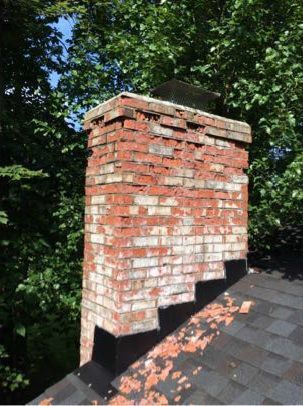
If your home or chimney is made of brick, at some point you will hear the term “freeze-thaw cycle”. When we visit a customer’s home and inspect a masonry chimney and talk about the freeze-thaw cycle, we get some raised eyebrows. It may sound like a sketchy sales tactic, but it is a scientific fact that the cycle of water freezing, thawing, and then refreezing can wreak havoc on your bricks, masonry, and concrete. The expansion of frozen water is the same process that will make your pipes burst when it is very cold outside. In this article, we will discuss what the freeze-thaw cycle is, how it affects your masonry, and what you can do to prevent damage.
What is the freeze-thaw cycle?
Masonry is porous by nature. This means that bricks and mortar let water in via what can best be described as pores. When the water freezes while inside a brick, it increases in volume by 9% and exerts pressure on the brick from the inside out. The reason your brick doesn’t crack or flake on the first freeze is again due to the porous nature of brick. There is enough room in the brick to allow for some water retention and even the expanded volume of water from freezing. When the water thaws, eventually it will dry up and evaporate, leaving the brick completely dry, but this process takes time. Here in Cincinnati, we have many days where we freeze in the morning and thaw by noon. This means the water trapped inside a brick goes through many freeze-thaw cycles over the course of a month.
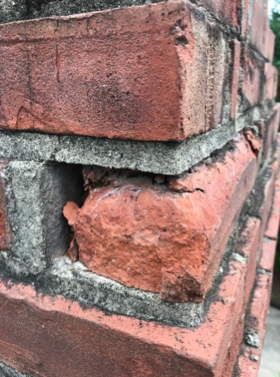
As the frozen water exerts pressure on the brick, it creates additional space for water to enter. With a rainy season and continuous freeze-thaw cycles, you can imagine the brick holding more and more water, exerting more and more pressure on the brick from the inside out. Until something has to give, and the brick cracks, either a large crack or by breaking the face of the brick off, also known as spalling. It is actually this repeated process (cycle) that causes the damage. Brick buildings, walls, and chimneys fare much better in climates where the winter keeps the temperatures below freezing for long periods of time, causing fewer cycles.

Why don’t they make a better brick?
Brick manufacturers are making some progress in preventing water damage to bricks. ASTM C 67 is the industry-accepted standard for testing the impact of a freeze-thaw cycle on a brick. The tests only 50 freeze-thaw cycles on a brick. This test and others like it are used to determine the grade of the brick, typically classified as severe weathering (SW), moderate weathering (MW), or negligible weathering (NW) grades. While there are excellent brick manufacturers in the united states and abroad, there are many questions about the efficacy of testing in place today for a brick’s hardiness against the free-thaw cycle. We hope that these standards will be revisited, which means less expense for homeowners as their brick structures age.
“The primary shortcoming of predicting durability of a material based on the ASTM and CSA acceptance criteria is that they are based on an incomplete understanding of the physics of freeze-thaw damage, an oversimplification of field exposure conditions, and testing that focus on unit, not material, response to freeze-thaw cycling.”
J. Straube, PhD, PEng, et all, Building Science
Preventing Damage From The Freeze-Thaw Cycle
- For new construction and rebuilds, ensure that your chimney is built from high grade, severe weather brick. Ask your builder or contractor about their supplier’s brick options, ratings, and grades.
- Ensure that your chimney is protected by overhangs in roofing, crowns and if required, a roof cricket. These will help ensure water is moved away from the chimney which will reduce your brick’s potential for saturation.
- Ensure that corbels are capped or sloped for runoff.
- Inspect the flashing around your chimney annually to ensure that it is performing properly.
- Have an inspection done to make sure that your brick and mortar are in good condition. Broken bricks and mortar create pockets for water to enter where the freeze-thaw cycle can do more damage.
- Ensure that the expansion joints in your chimney crown are sealed properly.
- Coat your chimney crown with a product such as CrownCoat to ensure the weather does not degrade the crown.
- Apply a vapor-permeable sealant meant to protect your chimney from water penetration. Be sure to have a professional do this, and ensure they are following instructions on the proper application to get the maximum effect of the product.
The post Bricks And The Freeze Thaw Cycle appeared first on Chimney Works & Rocky Mountain Stoves.
Search the Outpost

